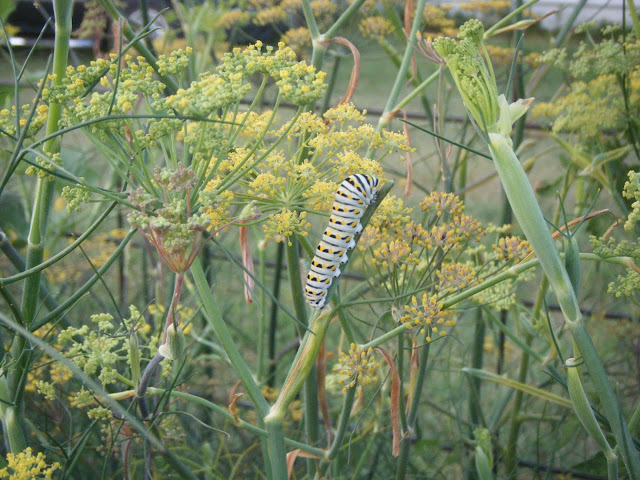In 2011, we purchased some trees and shrubs that would help provide food and shelter for deer, birds and other wildlife. We purchased these from the Oklahoma Department of Agriculture - Forest Services Division. Here's a link to their 2016-2017 packages, along with an order form.
Included in one of our orders were sand plum bushes, also called Chickasaw Plums. These are very hardy shrubs. They are drought resistant and flourish in sandy soil or heavy clay. When we planted them, they were just bare-rooted seedlings about a foot tall. A year later they had grown into small shrubs.
Here are those same shrubs today. They have created a couple of small thickets.
We have to mow around the them because they send up shoots from the roots and would take up more and more space if left unchecked.
The bushes have pretty white flowers in the spring.
Even with the late frosts this spring, they still produced a bumper crop of juicy sand plums.
Sand plums do not have a lot of "meat" to them. In fact, they are small and have a seed inside that takes up half of the fruit. Even so, they make the most awesome jelly and are well worth growing. You can see how small they are in this picture.
To make jelly, you have to cook them to extract the juice. But, first they have to be washed and sorted. Many of them will have black spots, like this.
There are insects that will bite or sting them causing these black spots. However, if you cut the plum open, you'll see that it is just fine inside. In this picture you can see the seed.
There are some plums that you will want to discard, those where the skin is split or have holes that are oozing juice, like these.
This week I picked a batch of plums. The bushes are not as harmless as they look. They do not have thorns, but they do have short, pointed twigs that will poke you and can draw blood! So, it is wise to wear long sleeves when picking the plums.
This is my harvest.
Notice many of them are green or only partially ripe. This is not a problem, however, because they will ripen quickly if left out on the kitchen counter for a day.
There are many recipes online for making jelly, but I followed the recipe for plums that was in the Sure-Jell box. And, here is my finished product.
I only used half the juice that I extracted from the plums. It is summer and I hate to heat up the kitchen and overwork the A/C. So, I froze the rest of the juice and will make jelly this winter when it's cold outside.


























































